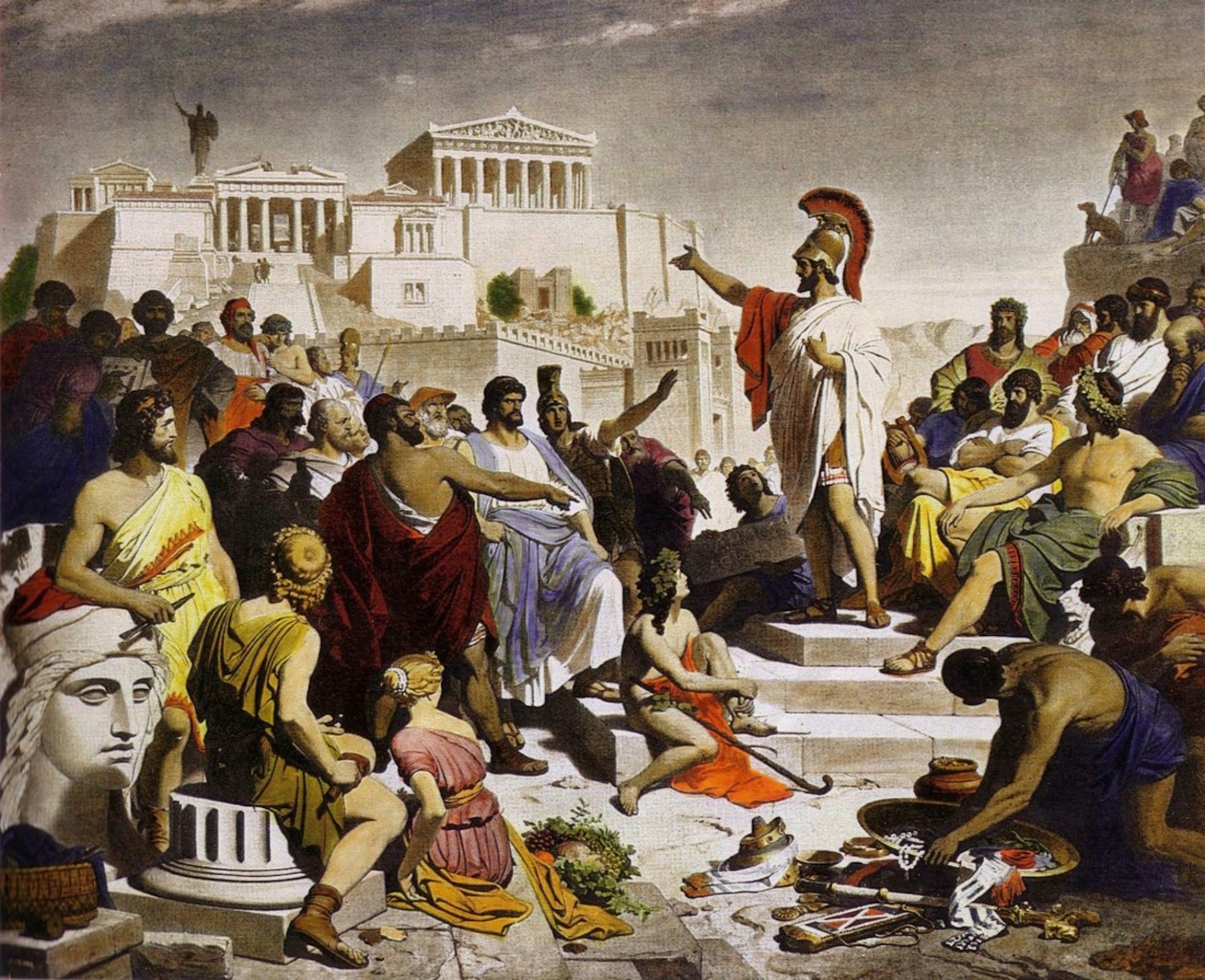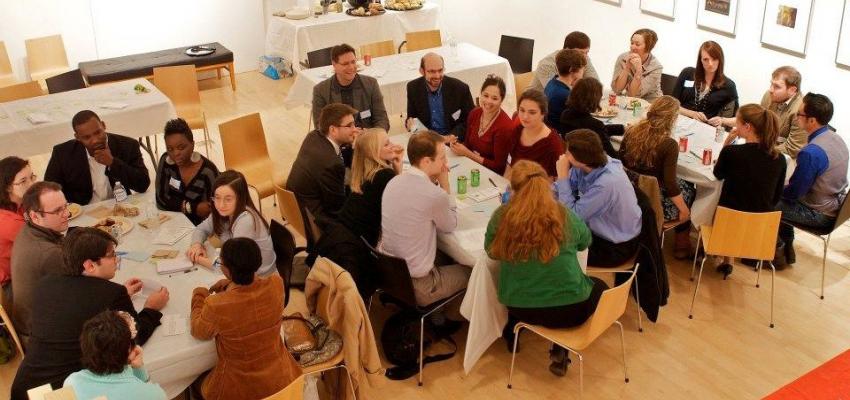 Upon being selected and sponsored to attend Building One New Jersey and Together New Jersey's Leadership Training, I hoped to further my knowledge in order to assist in the sustainability and advancement of the Arts in the community in which I live and work, which in turn would have a positive effect on both the State and National levels. I was motivated to attend due to the concern regarding our future audiences, continuing to further the Arts' agenda, and instilling the Arts in everyone in New Jersey, from all diverse backgrounds and cultures. I yearned to learn how to creatively and strategically spread the gospel of the Arts to not only improve livelihood and education, but to also advance the economic growth of the community via the Arts. In addition, we as non-profits have a struggle with not only diversifying our audiences, but also our Board of Trustees, which governs the body of our organizations. When asked on a scale of 1-10, to what extent am I the kind of leader I want to be, I gave myself a seven, due to the constant need for my own personal growth and education, but also due to the current position in which I work. I currently found the most challenging aspect of being a leader the management of various personalities (especially in our arts world) and effectively communicating to those individuals. The obstacles that I faced before the training, that prevented me from becoming a more effective leader were the fears and insecurities with having everything fall on my shoulders. I have always been my own worst critic, and strive each day to improve by performing a personal S.W.O.T analysis on myself and my performance. I am currently the right-hand to the President and CEO, and manage administration, as well as our Board of Directors, for a 1300 seat concert hall/performing arts center, which is a not-for-profit 501 (c) (3) organization. This training was extremely timely for myself and our organization due to the constant organizational growth and recent challenges that we have faced, beyond our control. These challenges include:
Upon being selected and sponsored to attend Building One New Jersey and Together New Jersey's Leadership Training, I hoped to further my knowledge in order to assist in the sustainability and advancement of the Arts in the community in which I live and work, which in turn would have a positive effect on both the State and National levels. I was motivated to attend due to the concern regarding our future audiences, continuing to further the Arts' agenda, and instilling the Arts in everyone in New Jersey, from all diverse backgrounds and cultures. I yearned to learn how to creatively and strategically spread the gospel of the Arts to not only improve livelihood and education, but to also advance the economic growth of the community via the Arts. In addition, we as non-profits have a struggle with not only diversifying our audiences, but also our Board of Trustees, which governs the body of our organizations. When asked on a scale of 1-10, to what extent am I the kind of leader I want to be, I gave myself a seven, due to the constant need for my own personal growth and education, but also due to the current position in which I work. I currently found the most challenging aspect of being a leader the management of various personalities (especially in our arts world) and effectively communicating to those individuals. The obstacles that I faced before the training, that prevented me from becoming a more effective leader were the fears and insecurities with having everything fall on my shoulders. I have always been my own worst critic, and strive each day to improve by performing a personal S.W.O.T analysis on myself and my performance. I am currently the right-hand to the President and CEO, and manage administration, as well as our Board of Directors, for a 1300 seat concert hall/performing arts center, which is a not-for-profit 501 (c) (3) organization. This training was extremely timely for myself and our organization due to the constant organizational growth and recent challenges that we have faced, beyond our control. These challenges include:
- Turnover of staff and department heads, as well as constant restructuring in order to build the best organizational infrastructure possible- as well as develop a solid board and staff succession plan for years to come- in order to fulfill the organization's long-range strategic plan.
- Parking challenges in a downtown arts district to accommodate an ever-growing patron base.
- Facility and space issues to accommodate the constant growth of the organization's space issues, whether it be space for our programming needs, or the space to load/unload larger scale performances.
This leadership training gave me the knowledge and ability to face these challenges and currently work with my President and members of the Board to overcome. Without this training, the steps that we have taken thus far, would not have been possible. The Building Leaders Together Leadership Training Institute for Inclusive Communities, sponsored and conducted by Together New Jersey and Building One New Jersey began with two sessions, the evening of January 23 and all day on January 24. This consisted of an over night stay, which had a college dormitory feel (which I missed after 15 years) at Rutgers University, New Brunswick, New Jersey. On the evening of the 23rd, I met my roommate, a political campaign manager from Pennsylvania, and began preparing for the training. The first pre-course assignment was to complete a Leader's Reflection Self-Assessment Form, which was only the beginning of self-reflection and assessment during this training, but gave me a better understanding of why I was there, why I was humbly chosen for this challenge, and what I had to look forward to in the training. I then began to read, The Melian Debate from chapter seven, "The Sixteenth Year of War", an essay from a book on the Peloponnesian War (431- 404 B.C.) written by the ancient Greek author Thucydides. This essay was used in our first exercise as a class.

Side-note: The most hands on, intensive, rigorous, interactive training I have ever been through. The most intense and intimating five weeks of my life. If I stated that I was humbled by the chance to get this opportunity, I was even more humbled after it. This training broke down my confidence, exposed my weaknesses in order to build my strengths. It consisted of constant reflection, constant elevation. The facilitator, Paul Scully, Executive Director of Building One New Jersey, taught me more in five weeks, inspired me more than any individual has ever, and for that I am eternally grateful. His lectures sang to me- it sang to me as does a song for relaxation, a song for inspiration, a song to give me hope for a better situation. It was church and his curriculum was the gospel.
The class consisted of around 30-40 professionals from various business sectors throughout the State. These individuals came from various sectors of the political realm, non-profits, legal, real-estate and sales. I am proud to say that I was the sole arts representative of the State, which gave me a greater opportunity to speak throughout the training, being that my challenges, my experiences, my background, set me aside from the pack. The Melian Debate exercise taught me that we all follow a script. I learned that because I am not in ranking authority, because I only support the organization's mission and long-range vision, because I am only my boss' rock and support, my norm is to observe, to strategize, gather information and only speak unless directly spoken to. I learned that before any negotiation, a leader must form a caucus and identify whom their representative will be- who will speak on their behalf. I learned that you, yourself, must be willing to allow yourself to be intimidated in order to strategize effectively, because the obstacles that stand in your way of achieving the greatest outcome possible, are almost never external, and most times internal. This reflection taught me honesty from within, as things do not get done, whether it be completing action steps or following through on a task, when living in a world of false hopes. The next lecture instructed us on Power.  I learned that power comes from possessing self-interest, and acting upon that self-interest. To understand the motivation of others gives you more power. I learned that the greatest leaders read the New York Times on a daily basis, to fully understand and learn from those in power. Since the training I read at least one article from the New York Times, that focuses on what is trending in my business sector, each day, to help generate ideas and knowledge to help me increase my power- as we all know that knowledge is power, and the revolution will not be televised. If you want to live in a world that you desire, you have to live in the world as it exists. Power is the ability to act. Most people associate power with a negative connotation, ambivalence if you will. However, power implies responsibility, power implies innocence, power does not corrupt, it reveals. Power equals organized people, plus organized money. And these two components are the makeup of the basis of philanthropy, the foundation of what makes a successful non-profit, the foundation of sustainability and creating a strong financial backbone of an arts organization. A non-profit that operates like a corporation, but organizes individuals to organize money in order to carry out values set fourth in their mission. For any leader, your desire to fulfill and carryout your values, should be equal for your desire for power. There is nothing virtuous about being powerless. Next we analyzed the difference between selfishness versus selflessness; which, side bar, I was fortunate enough to share with Karen Pinzolo of ArtPride NJ and Nick Paleologos of New Jersey State Council on the Arts at the State Arts Council's annual meeting at my venue. There is an extreme negative association with someone being selfish, over someone being selfless, however, during this lecture, I learned that being concerned for oneself or one's own advantage, pleasure, or welfare, can only establish power in helping an organization that's sole purpose is to be selfless- to further a mission to benefit those in need. In order to do that, one has to recognize their own self-interest and in identifying your own self-interest, you are able to convince someone that is in your own self-interest, that you are in there self-interest. Meaning- communicating the fact that what helps you, will in turn help that person. To build your power base, to build or further your power organization, is to build relationships. In order to build relationships, you must identify people or organizations that fulfill your self-interest. People that help you further your mission, meet and help conquer your challenges- or assist in helping introduce you to the people who can.
I learned that power comes from possessing self-interest, and acting upon that self-interest. To understand the motivation of others gives you more power. I learned that the greatest leaders read the New York Times on a daily basis, to fully understand and learn from those in power. Since the training I read at least one article from the New York Times, that focuses on what is trending in my business sector, each day, to help generate ideas and knowledge to help me increase my power- as we all know that knowledge is power, and the revolution will not be televised. If you want to live in a world that you desire, you have to live in the world as it exists. Power is the ability to act. Most people associate power with a negative connotation, ambivalence if you will. However, power implies responsibility, power implies innocence, power does not corrupt, it reveals. Power equals organized people, plus organized money. And these two components are the makeup of the basis of philanthropy, the foundation of what makes a successful non-profit, the foundation of sustainability and creating a strong financial backbone of an arts organization. A non-profit that operates like a corporation, but organizes individuals to organize money in order to carry out values set fourth in their mission. For any leader, your desire to fulfill and carryout your values, should be equal for your desire for power. There is nothing virtuous about being powerless. Next we analyzed the difference between selfishness versus selflessness; which, side bar, I was fortunate enough to share with Karen Pinzolo of ArtPride NJ and Nick Paleologos of New Jersey State Council on the Arts at the State Arts Council's annual meeting at my venue. There is an extreme negative association with someone being selfish, over someone being selfless, however, during this lecture, I learned that being concerned for oneself or one's own advantage, pleasure, or welfare, can only establish power in helping an organization that's sole purpose is to be selfless- to further a mission to benefit those in need. In order to do that, one has to recognize their own self-interest and in identifying your own self-interest, you are able to convince someone that is in your own self-interest, that you are in there self-interest. Meaning- communicating the fact that what helps you, will in turn help that person. To build your power base, to build or further your power organization, is to build relationships. In order to build relationships, you must identify people or organizations that fulfill your self-interest. People that help you further your mission, meet and help conquer your challenges- or assist in helping introduce you to the people who can.

The most effective way of establishing those relationships is by conducting one-to-ones. A one-on-one or one-to-one is a 30-45 minute, one-sided conversation in order to build a relationship with that individual, uncover and explore their self-interest, establish clarity, and gain information about that individual. Three characteristics of an effective one-to-one are compiled of three (3) C's: Courage, Curiosity and Caring. You have to show the person that your are curious to learn more about them in order for them to let down their guard and open up to you. You then have to ask questions that show courage; the ability to ask questions that push their openness and comfort level, but still get them to open up enough to realize that you are in their self-interest. And then questions that show you are compassionate and care about what they have to say- that you can relate- that you have a common self-interest. These characteristics prove to that individual that you are in their self-interest, and in turn, will help solidify moving forward in a healthy and effective manner. A one-to-one is not a sales pitch, gossip session or psychoanalysis, it's a casual conversation to help you build a relationship. A one-to-one outreach should be a listening campaign. The one-to-one outreach is a focused and disciplined in order to build relationships , building community and identify concerns, interest and issues which may become priorities for collective action. A community or organization is as strong or weak as the relationships that bind it together. The outreach is intended to strengthen those bonds and develop a healthier relationship. In addition, the outreach can invigorate and renew one's leadership, clarify organizational and community priorities, and identify the concerns of self-interest of members and residents. As I stated, the purpose of a one-to-one conversation is to build relationships, uncover self-interests, develop clarity and gather information. When people are in a relationship they can share, plan, dream, create and get things done. Without relationships, people are powerless. Building relationships build community. Self-interests are the things that a person feels most strongly about. It is what motivates and drives them. Discovering these interests can help build the community or the organization, since people are more likely to get involved in things around their interests. Developing clarity is making that person realize things about themselves, makes things more clearer to them. Finally, in gathering information about that person you obtain more leverage and are able to ask better questions, and realize other people that may be in your self-interest, that are in their self-interest, to help build your power base. To retain the information gained during that conversation, to use to your future benefit. After the one-to-one training, which was the greatest, most significant knowledge obtained throughout the five weeks, I set a goal to identify people in my self-interest and then hold one-to-ones with that individual, as well as coordinate one-to-ones with the leaders of my organization to help further and address the current challenges that we are facing as an organization- to assist in overcoming those challenges and meet them face-to-face (no pun intended). During the third session of the training we discussed the difference between public and private life and the characteristics of both. Some characteristics of a public life:

- The need to have power and respect
- Formalized and contracted expectations
- Outspoken personalities
- Self-interest and quid pro-quo
- Temporary
- Always planned and have an agenda
- Seeking diversity in leadership
Characteristics of a private life include:
- The need to be loved and liked
- More casual and intimate
- Covert and indirect
- Based on feelings
- Permanent
Often spontaneous
- Homogeneity- the same people, cut from the same cloth
A public life creates tension and conflicts, you tend to "wear a mask", accountability is held, you have no permanent friends, but also, no permanent enemies. A private life consists of peace and harmony (don't we wish, lol), you are able to be yourself and have unconditional love, as well as bitterness. This lesson taught me the importance of keeping my public and private life separate. Believe me, I have learned the hard way- especially working in a mid-size non-profit, arts organization. Like the Notorious B.I.G. said, "Money and blood don't mix...." I am now extremely careful what I do and say in the public arena, around the workplace, as well as via social media (especially because that follows you everywhere), and keep my personal life completely separate from my work life. To be a great husband or wife, boyfriend or girlfriend, mother or father, there has to be that complete separation and balance from your professional world to become the leader that you and others expect you to be. I also learned that stripping people of a public life, to make them feel like a part of your private life, gives you unlimited power over them. During this session, I was also introduced to Steven R. Covey's "The 7 Habits of Highly Effective People". I read this in a week- and wow- I could write an entire blog on the subject matter that inspired me through reading that! We then learned about issues and actions and how they correlate. Issues have a specific solution, they are immediate, they have a target, they have a timeline, a completion date. The action is what we do about an issue, and how we act is compiled of four
"R's":
- To get a REACTION from someone through confrontation and agitation

- To earn RESPECT
- Win RECOGNITION
- Gain public RELATIONSHIPS, built on respect and accountability
The fourth session began with a power analysis. There are three myths about how decisions are made in the public arena:
- Decisions are made publicly (where rather they are made behind closed doors)
- Public decisions are made by public decision makers
- Public decisions are made based on merit and common sense, rather based on self-interest
We then learned how to conduct a power analysis, which begins with choosing an arena and then asking:
- Who are the people in power and why do they have it?
- What is their self-interest?
- What is their relationship to each other?
I learned a number of fundraising techniques during this session, that have since shared with my development department and am using towards expanding the board matrix analysis that I created- to help diversify my board. Some good stuff. The next lecture taught me the elements of a power organization and the two types of money.
 The structure of a power organization consists of primary leaders that have a following that consists of a team of powerful people that know how to organize people and money, as well as secondary leaders that lead each team. The key to run a power organization is to understand your power and build power within it. The two types of money are hard monies that come from dues, fees, annual donors and investments, and soft monies from foundations, capital donors, endowments, etc. The difference between the two are that hard monies are predictable, required to get a service, and form a diverse relationship that fluctuates. Soft monies are unpredictable, vulnerable and have strings attached. A power organization's number one priority is to find leaders, then have them fundraiser on the organization's behalf through relationship building. Side note: I then learned about- and read, subsequent to my training, the teachings on organization from Saul Alinsky- fascinating- radical, but fascinating. The next lecture that day taught me about agitation and how to effectively agitate without offending or crossing boundaries. Before this lecture I always thought a negative connotation with regards to agitation- I now see it as an effective means to get what you want. Agitation is where we try to motivate people by finding out what is their self-interest by pushing them in a passive manner. In order to agitate there must be an established relationship, understand something about their self-interest, and you have to care, but also take risks. The steps to an effective agitation are:
The structure of a power organization consists of primary leaders that have a following that consists of a team of powerful people that know how to organize people and money, as well as secondary leaders that lead each team. The key to run a power organization is to understand your power and build power within it. The two types of money are hard monies that come from dues, fees, annual donors and investments, and soft monies from foundations, capital donors, endowments, etc. The difference between the two are that hard monies are predictable, required to get a service, and form a diverse relationship that fluctuates. Soft monies are unpredictable, vulnerable and have strings attached. A power organization's number one priority is to find leaders, then have them fundraiser on the organization's behalf through relationship building. Side note: I then learned about- and read, subsequent to my training, the teachings on organization from Saul Alinsky- fascinating- radical, but fascinating. The next lecture that day taught me about agitation and how to effectively agitate without offending or crossing boundaries. Before this lecture I always thought a negative connotation with regards to agitation- I now see it as an effective means to get what you want. Agitation is where we try to motivate people by finding out what is their self-interest by pushing them in a passive manner. In order to agitate there must be an established relationship, understand something about their self-interest, and you have to care, but also take risks. The steps to an effective agitation are:
- Establishing a relationship and learn that person's self-interest (which I already noted as a preliminary step as that is the most important)
- Make two judgments that have an everlasting impression on that person: a) Where they are now b) Where they should be (according to their self-interest of course)
- Then take action
- However, take no responsibility (leave it up to them)
The key to an effective agitation is based on treating people with respect and dignity, while still holding them accountable. Therefore, you point out: "This is where I see you now, this is where I think you should be, Is this correct, do you agree (crucial to give them ability to defend themselves), and finally, what are you going to do about it?" We then learned how to conduct a strategic campaign. The purpose of any strategic campaign is to build the power of your organization by raising money, capturing allies, recruiting members, gaining recognition. After building your power, you change the structure of opportunity via transformative social change and political realignment. The purpose of segregation is to exploit and suppress the segregated. Ten (10) components of a strategic campaign:
- Having a vision
- Establish a base that shares that vision
- Appoint leaders that can inspire the troops and perform a power analysis
- Identify the issues at hand and ensure that they are concrete, clear, correspond to your power, don't bite off more than you can chew, and do not focus on an issue that does not grow the organization.
- Identify intelligence by conducting a power analysis and how power works it that particular arena
- Seek powerful allies
- Identify targets- the allies of your enemies who you want on your side
- Identify enemies
- Ensure solid treasury is in place: safe and secure funding- supply lines are sufficient
- Gather ammunition and then move into action
Very militant, however, fascinating when applying it as an analogy to business strategy. I learned through this lecture that organizing is analyzing, disorganizing and then reorganizing power relationships. I also learned to get a list of names in any conversation, because it tells you who that person works with and who is in their power grid. I also learned that one must understand their oppression in order to be powerful. The path to power consists of:
- Turning your shame into anger, without being explosive, self-destructive or disastrous to others. Using shame as a fuel.
- Politicize your anger by having a political view of your own experiences to build your own political community that supports your agenda. When building that community, it is crucial to lock someone down and then publicize their involvement so they feel obligated to join the fight and not jump ship.
- Take successful action by taking a real, calculated risk- which in turn gives you confidence to take more risks, therefore, earning more success.
- In summary: Know your oppression and oppressors, transform your shame into anger, politicize your anger, then building a political community. Steps: Risk-Action-Success-Confidence
The question I had, being a conservative when it comes to risk taking, is how to minimize my risk if that's not what I'm about and the way to do this is by conducting a power analysis, getting others to invest and building my political community and then reflecting on my experiences. Also, the best way is by reading about people in power and learn from the risks that they took and how they went about it- or what they learned from their failures. Hence, my reading the New York Times, etc. :) The final session of the leadership training began by working on our paths to power. This consisted of envisioning a three year plan and where we see ourselves, our jobs, our titles, what public relationships will we need in order to achieve and secure that status, and what attitudes or behaviors we must have to change in order to achieve power and leadership. This was a great close to the training. Really, the way the agenda of the training progressed throughout and how each lecture tied-in with the next, I found to be most beneficial. This entire blog has been off of memory, I took minimal notes- this is all retention- that's how effective Mr. Skully's training, along with his collaboration with Miriam and Together New Jersey's syllabus proved to be. The second tool to organizing power part of the closing lecture was how to run an effective meeting. Which I am proud to say, that Allison, my boss, taught me well, and I definitely plan effective meetings. An effective meeting includes a collective action and the people involved taking responsibility for those actions, and holding people accountable for following out those actions. The most important thing to consider when planning a meeting is "what action do I want to take, in order to move the organization towards advancing a vision?". Elements of a good meeting consist of:
- First, planning everything out in your head and putting them down onto paper and prioritizing to maximize time
- Hold a pre-meeting, or committee meeting to strategize with allies. Brainstorm to generate ownership of key allies- to have them buy into what your agenda is. Then decide who else you would like at this meeting and what roles they would have, appropriate time and place, setting for the meeting, etc.
- When holding the meeting- have a clear focus- meeting must be disciplined with time, place, setting- and have a actions set forth through an agenda with clearly defined roles for people involved.
- Follow up the meeting with an evaluation of the meeting and action steps assigned via minutes.
The final part of the closing lecture was about planning and reflection: Who and what do I want to be?
- Prioritizing my public and personal time by learning to say no, and deciding what action steps are short-term and which are long-term.
- Scheduling one-on-ones to make things happen
- Scheduling reflection time regularly.

Since the leadership training I have held over 30 one-to-ones. I prioritized building my public relationships over my private, as that is where I spend most of my energy, at work- building my knowledge, experience and resume. Continuing to further the Mayo Performing Arts Center's mission and vision, and helping to overcome and conquer the challenges we face on a daily basis. Over half of those one-to-ones were conducted during my training, and many more others have been done by colleagues in my power base in order to carry out the said identified challenges. Currently I am focused on overcoming the Theatre's challenges and helping my boss, board members and colleagues exceed all expectations to ensure the continued success of the organization. My boss has always been the best mentor, and continues to teach me every day how to run a successful organization and be a successful Executive Director, but now I have a whole other skill set, due to this training, that has enabled me to help my boss and implement techniques into our daily practice that strengthens our future as an organization- that strengthens the arts community in Morristown, throughout the State- and I now have the confidence to be a powerful leader on a higher plane, that separates me from both my peers and my competition.








